The best vegan sources of protein to include in your diet
These eight vegan sources of protein can help you to lose weight and build muscle
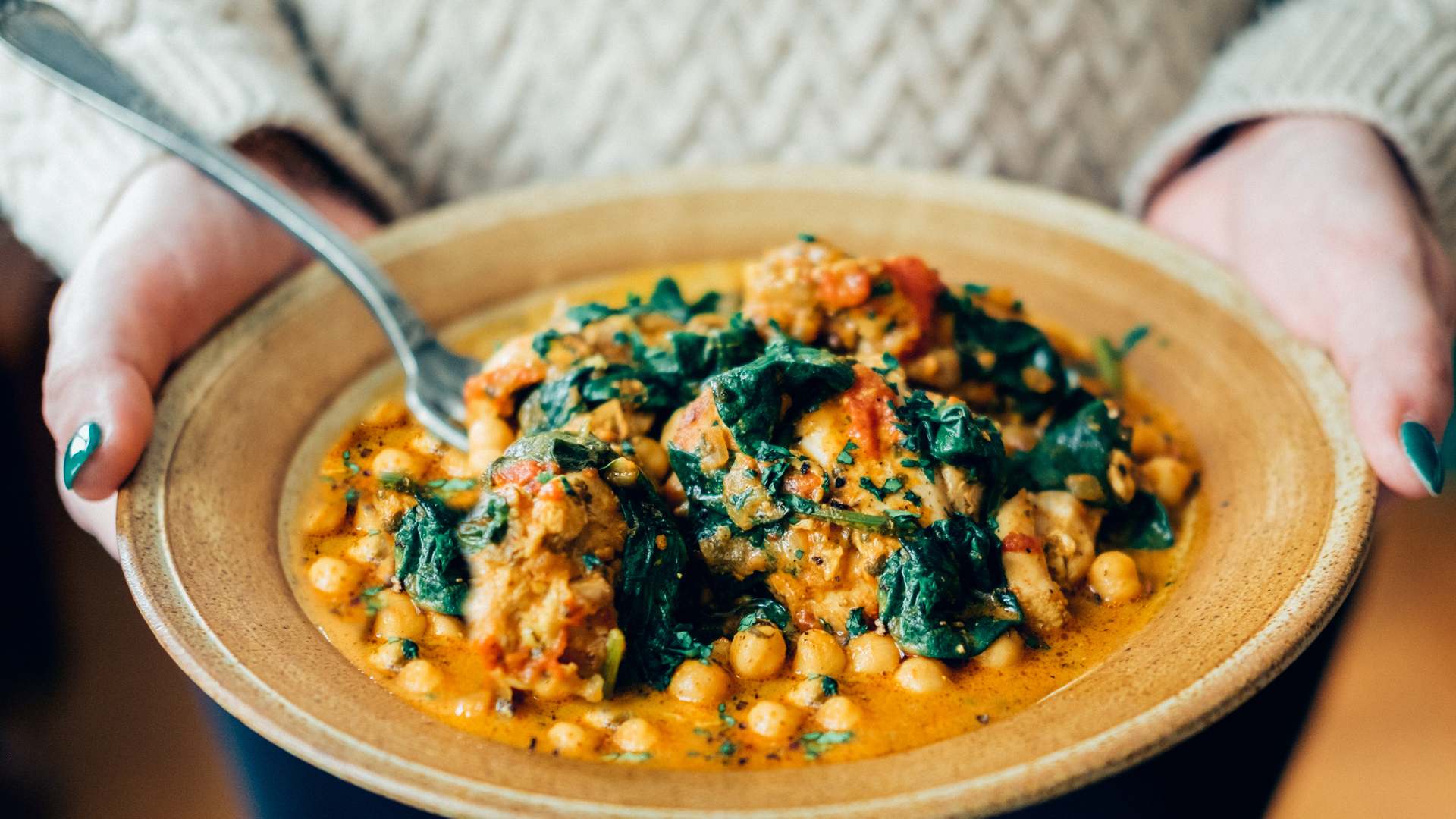
If you’ve just decided to go vegan, you’re probably wondering where to find the best vegan sources of protein. No wonder – for most people, switching to a plant-based lifestyle means completely overhauling their dietary habits. Without meat, dairy and eggs, many people may struggle to structure their diet in a way that helps them to meet their protein requirements.
So do you need to eat meat to get protein? In short, no – but it does require more planning and preparation. This is because protein is present in many different plants, but the quality may not always be comparable to that found in animal-based foods. Meat, dairy and eggs contain enough of all the essential amino acids – the building blocks of protein molecules that we are unable to produce ourselves. Most vegan sources of protein tend to lack one or more of these important components.
Of course, investing in the best vegan protein powder is one way to ensure you’re getting a full amino acid profile. Another option is to include more complete, or almost complete, plant-based protein sources in your diet. Here are eight of the best vegan sources of protein to help you meet your requirements while enjoying a plant-based lifestyle.
Also, check our 7-day plant-based diet meal plan for more ideas how to cook without animal-based foods!
- Related: The vegan diet: A complete guide to eating well
- Related: Do vegans live longer?
1. Tofu and tempeh
Soy and soy-based products, such as tofu and tempeh, are one of the most common staples in plant-based kitchens around the world. Not only do they work well with a variety of dishes, they’re easy to prepare and a rich source of complete protein. What’s more, soybean products contain many important nutrients.
According to a review published in Nutrients, tofu and tempeh are excellent sources of calcium, manganese and selenium, as well as highly bioactive compounds called isoflavones. Isoflavones are polyphenols that may mimic the effects of female reproductive hormones. Despite concerns that these compounds may negatively affect men’s health, available evidence suggests this is not the case. In fact, quite the opposite – multiple studies have shown that a high intake of soy and soy products may lead to a vastly reduced risk of dying from breast, gastric, colorectal, prostate and lung cancers, as well as cardiovascular diseases. Many of these effects have been attributed to isoflavones.
According to a review published in Molecules, these polyphenols also have the potential to reduce blood pressure, regulate blood sugar levels, lower cholesterol levels and combat inflammation.
Add tofu and tempeh to salads, stir fries and one pot dishes. Also, use instead of meat alternatives, beans, peas and lentils.
Protein:
- 3 oz (85g) serving of tofu contains 8g of protein
- 3 oz serving (85g) of tempeh contains 11g of protein

2. Seitan
Seitan is a plant-based meat substitute made out of wheat gluten and as such, it’s often referred to as ‘wheat meat’ or ‘wheat gluten’.
Unlike similar soy-based products, it closely resembles the look and texture of cooked animal flesh. Apart from its distinctive chicken-like flavor, seitan is famous for its exceptionally high protein content.
However, despite being one of the richest vegan sources of protein available on the market, it’s worth mentioning that seitan is relatively low in the essential amino acid lysine, unless the wheat used for its production was fortified with this ingredient.
When it comes to nutritional value, seitan is low in fats and carbohydrates, and fairly high in selenium, iron, calcium, and phosphorus. It’s a great addition to any plant-based diet, but owing to its high gluten content, seitan can't be eaten by individuals suffering from celiac disease or gluten sensitivity.
Seitan is a great alternative to cooked meat. It can be pan-fried, sautéed or grilled, and added to soups, salads and stews.
Protein:
- 3 oz (85g) of seitan contains 64g of protein
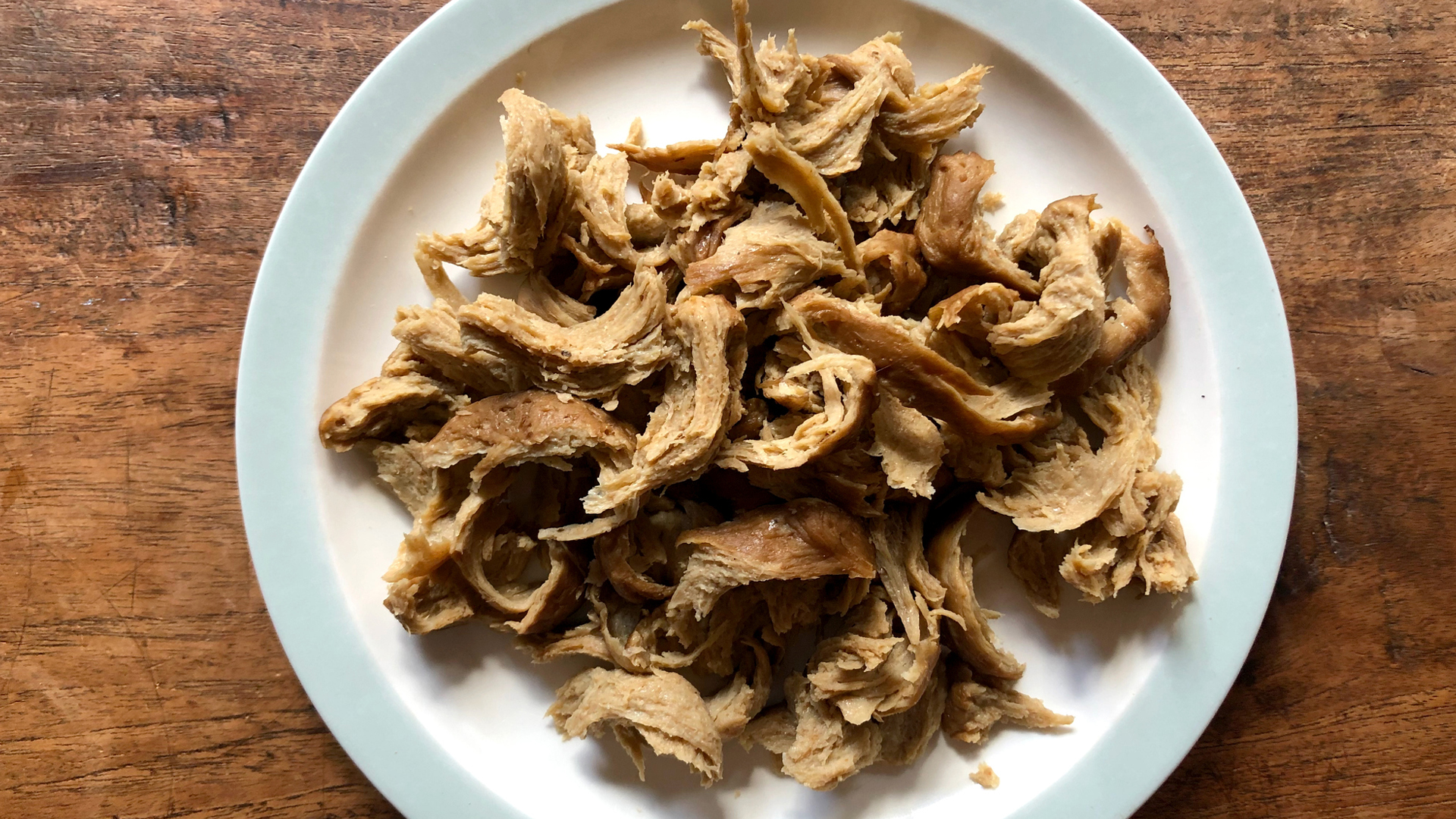
3. Quinoa
Quinoa (pronounced keen-waa) is a highly versatile and easy to prepare pseudo grain from South America, and has a mild, nutty flavor that easily complements many dishes. This grain is particularly valued by people suffering from celiac disease as it doesn’t contain gluten.
Whilst a cup of cooked quinoa provides less than 10g of protein (slightly lower than other plant-based proteins) it is a popular food staple among vegans and vegetarians because it boasts a complete amino acid profile. It also has a particularly high lysine content.
But that’s not the only health benefit associated with this plant. According to a review published in the Molecules journal, quinoa is a rich source of biologically active compounds that have strong antibacterial, antioxidant and anti-inflammatory properties. What’s more, multiple studies have shown that regular consumption of quinoa provides protection against multiple different cardiovascular, metabolic, and degenerative diseases. It may also have a beneficial effect on the functioning of the immune system and menopause symptoms.
Quinoa works well for quick, one pan recipes or as an alternative to rice, pasta or porridge.
Protein:
- One cup of cooked quinoa contains approximately 8g of protein
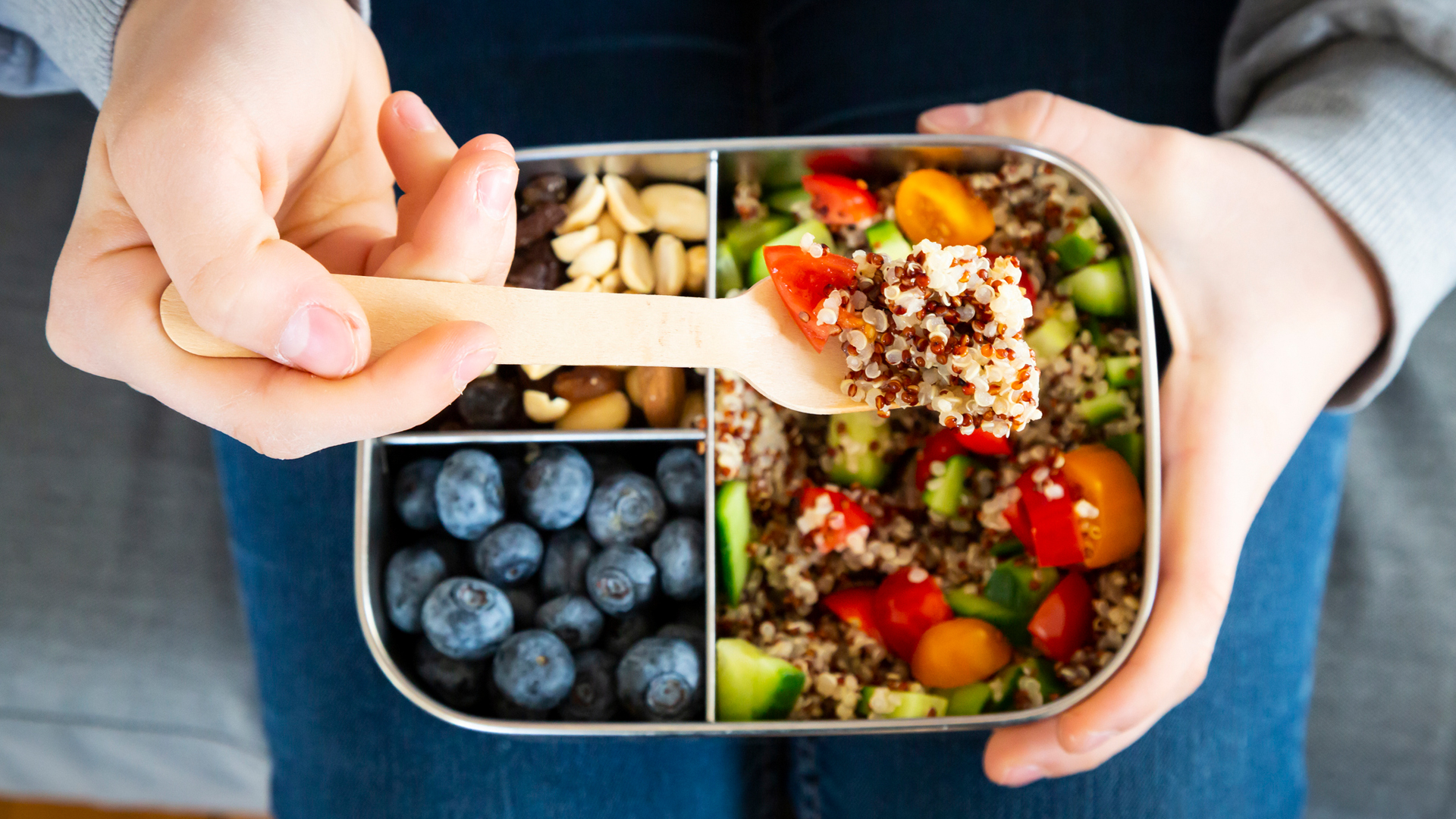
4. Buckwheat
Buckwheat is another gluten-free pseudo-cereal that provides good quality protein. Similar to quinoa, it contains a significant amount of the essential amino acid lysine. It’s also a great source of phosphorus, manganese, copper, magnesium and iron, as well as containing a wide array of biologically active compounds like flavonoids and beta-glucans.
What’s more, multiple studies have shown that regular consumption of buckwheat grain can help to regulate cholesterol levels, combat systemic inflammation and lower blood pressure, as well as reduce the risk of developing type 2 diabetes, heart disease and several different types of cancer.
The most common way to eat buckwheat is in the form of soba noodles. These grains can also be cooked similarly to oatmeal, or ground into a flour and used in baking, particularly for pancakes and other breakfast dishes.
Protein:
- One cup (168g) of cooked buckwheat oats provides approximately 6g of protein
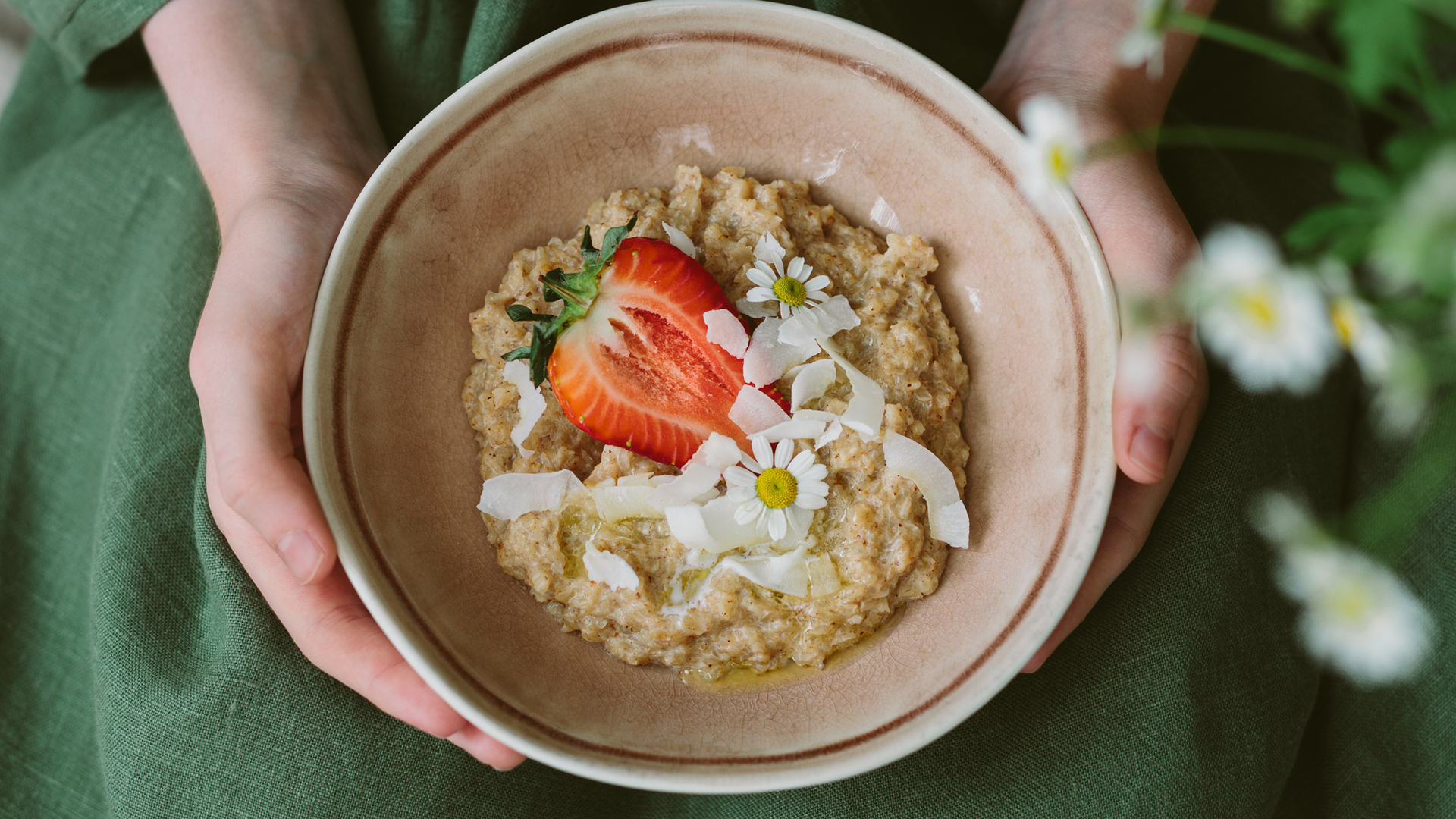
5. Chia seeds
Chia seeds first rose to prominence as a unique cooking aid. The dietary fibers in chia seeds are able to rapidly soak up water and create a jelly-like texture, making them a great ingredient in baked goods, puddings and desserts.
First and foremost, however, they’re an excellent vegan source of protein, providing a significant amount of all essential amino acids. Chia seeds also contain high levels of polyunsaturated fatty acids, dietary fibers, B vitamins, calcium, phosphorus and potassium.
Owing to their great nutritional value, chia seeds may be highly beneficial for our health. According to a review published in Molecules, regular consumption of chia seeds can reduce the risk of developing neurodegenerative and liver diseases, as well as hypertension, type 2 diabetes and cardiovascular problems. Multiple studies have also shown that they can help with losing weight, reducing waist circumference and improving endurance in long-distance runners.
Chia seeds can be used to make puddings, desserts and pectin-free jams. They’re also commonly used as an egg substitute in vegan baking, and work well as a topping for oatmeal, salads or smoothies.
Protein:
- Two tablespoons (28g) of chia seeds provide 4g of protein
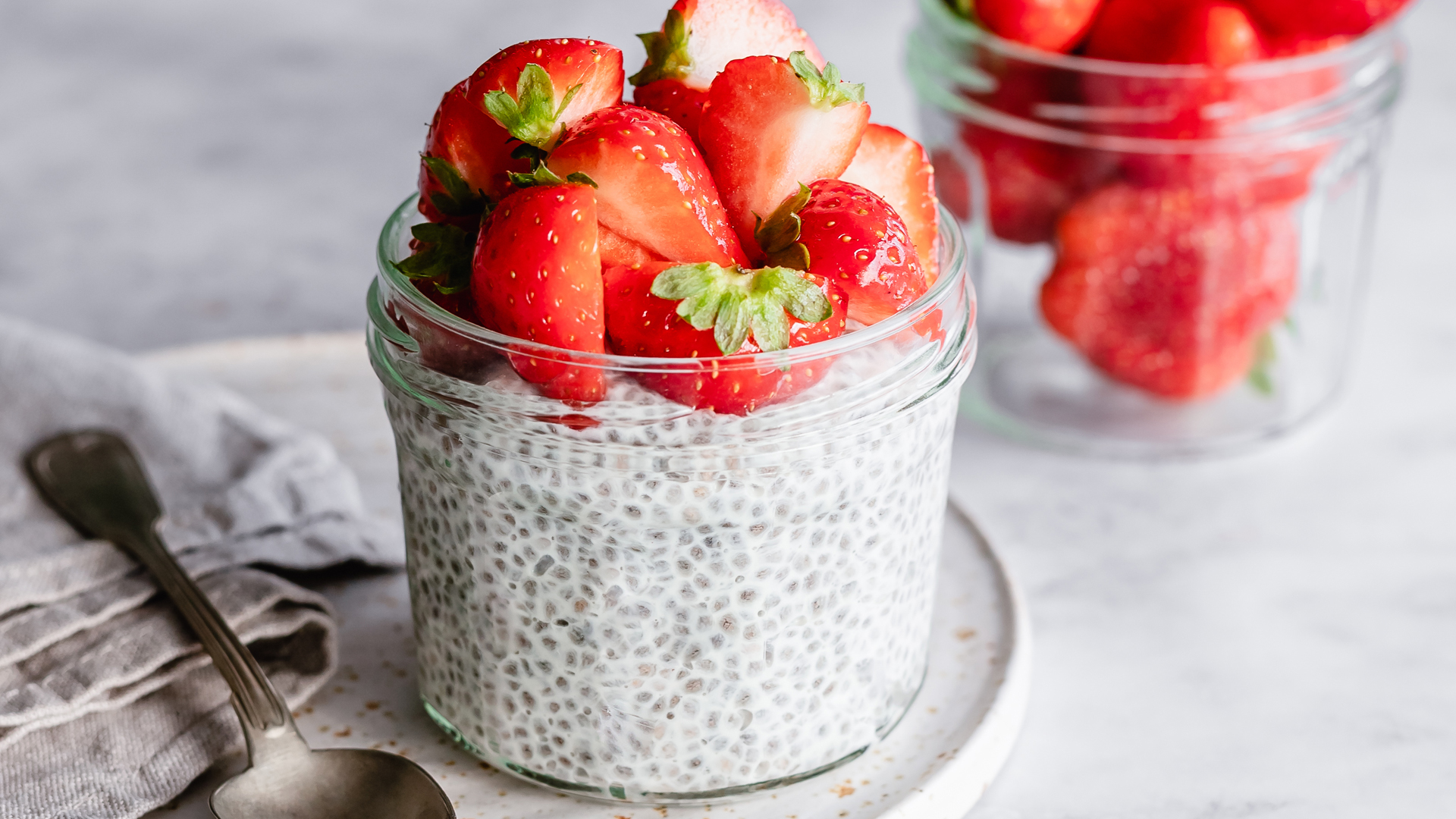
- Related: Which fruits are high in protein?
6. Hemp seeds
Hemp seeds are the small, edible fruits of the Cannabis sativa plant. If that raises your eyebrows, don’t worry – hemp seeds only contain traces of THC, the psychoactive ingredient that this recreational drug is known for. According to a review published in Nutrients, the amount of THC in hemp-based foods is below the threshold of 0.3%, making it suitable for consumption.
There are definitely benefits to including more hemp seeds in your diet. These little pips not only have a pleasant, nutty taste and work well with a range of different dishes, they’re also very nutritious. Hemp seeds provide a whooping 32g of protein per 100g. They’re also rich in antioxidants and polyunsaturated fatty acids, particularly linoleic acid (omega-6) and alpha-linolenic acid (omega-3), as well as iron, phosphorus, potassium, magnesium and zinc. According to a review published in the Cancers journal, due to their strong antioxidant and anti-inflammatory properties, cannabinoids in hemp seeds can suppress and prevent tumor cells from developing and spreading further in the body.
Hemp seeds can be sprinkled over yogurts or salads, added to smoothies, or included in homemade granola and energy bars.
Protein:
- Three tablespoons (30g) of raw, hulled hemp seeds contain 10g of protein
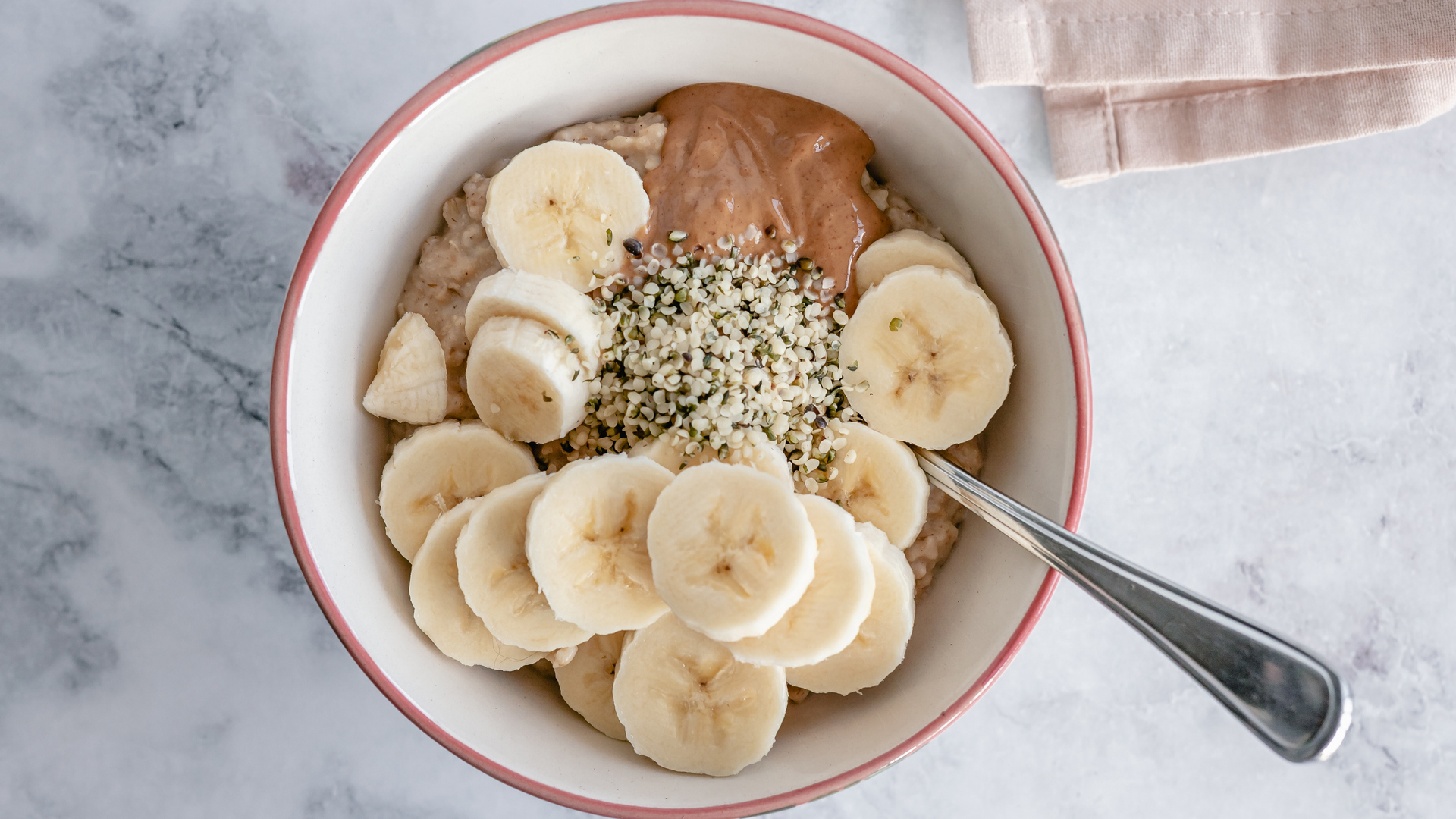
7. Spirulina algae
The last few years have seen a steep rise in studies exploring the nutritional value and health benefits associated with marine algae. According to a review published in the Journal of the Science of Food and Agriculture, spirulina is one of the richest complete protein sources of microbial origin, almost on par with meat and soybeans. It also delivers a significant amount of B vitamins, vitamin C, magnesium, calcium, copper and iron, as well as multiple bioactive compounds, including phenolics, phycocyanins, and polysaccharides.
Multiple studies have shown that spirulina algae exhibits strong antioxidant, immunomodulatory and anti-inflammatory properties, and may play an active role in preventing heart disease, hypertension, degenerative conditions, exercise-induced muscle damage and infectious diseases.
There’s even some emerging evidence that these algae can reduce mental fatigue, protect the brain vessels from damage and contribute to cognitive function.
Spirulina is mostly sold in the form of a powder with a characteristic green hue. This can be added to smoothies, granola bars, soups and salads. It can also be purchased as tablets.
Protein:
- 1 tablespoon (7 g) of dried spirulina provides 4g of protein
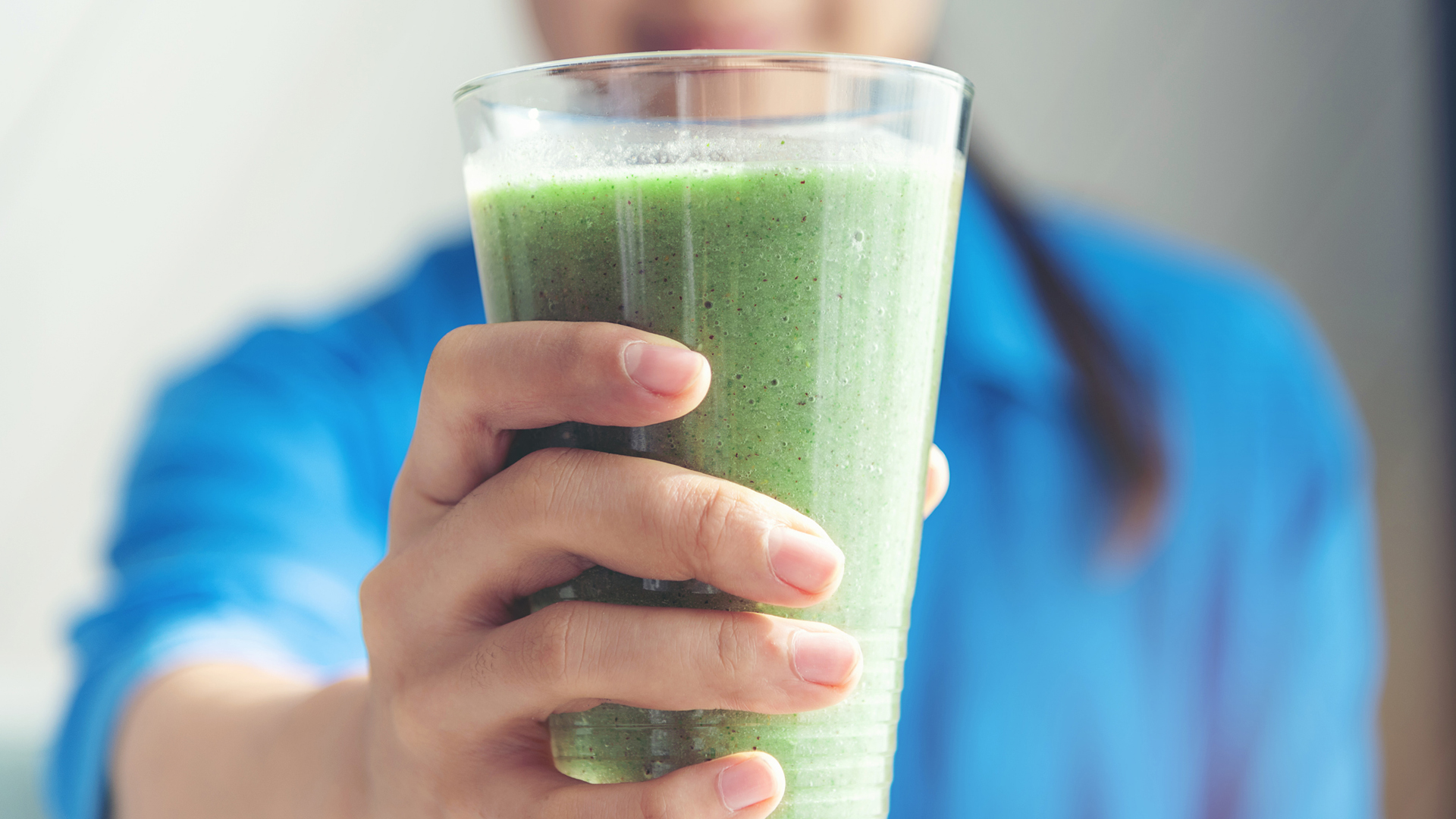
8. Beans, peas and lentils
Pulses (beans, peas and lentils) are not considered complete protein sources as they tend to contain fairly small amounts of two important essential amino acids – methionine and cysteine. However, since pulses are otherwise rich protein sources and deliver the bulk of this macronutrient in most plant-based diets, they deserve a mention.
According to a review published in the Journal of Medicinal Food, pulses provide a hefty dose of dietary fiber, iron, zinc, folate, calcium and magnesium, as well as a wide range of phytochemicals with strong antioxidant and antimutagenic properties. Due to their low glycemic index, they may also help you to lose weight and keep your blood sugar under control.
Beans and lentils play an important role in regulating blood pressure, blood lipid profile and blood glucose metabolism, as well as reducing systemic inflammation and protecting against cardiovascular diseases. Although, some sensitive individuals may find pulses hard to digest.
Cooked pulses work great with most salads, soups and plant-based main meals, particularly stews and curries.
Protein:
- A cup (200g) of boiled pulses provides anywhere from 15g (kidney beans, lentils and black beans) up to 39g (edamame beans and chickpeas) of protein

Sign up for the Live Science daily newsletter now
Get the world’s most fascinating discoveries delivered straight to your inbox.

Anna Gora is a health writer at Live Science, having previously worked across Coach, Fit&Well, T3, TechRadar and Tom's Guide. She is a certified personal trainer, nutritionist and health coach with nearly 10 years of professional experience. Anna holds a Bachelor's degree in Nutrition from the Warsaw University of Life Sciences, a Master’s degree in Nutrition, Physical Activity & Public Health from the University of Bristol, as well as various health coaching certificates. She is passionate about empowering people to live a healthy lifestyle and promoting the benefits of a plant-based diet.










